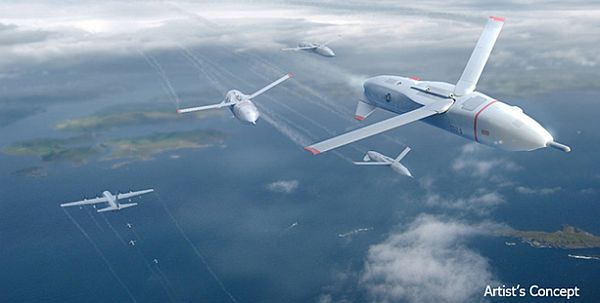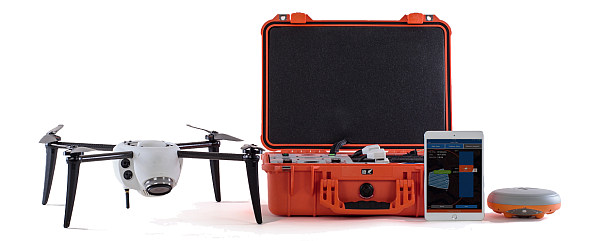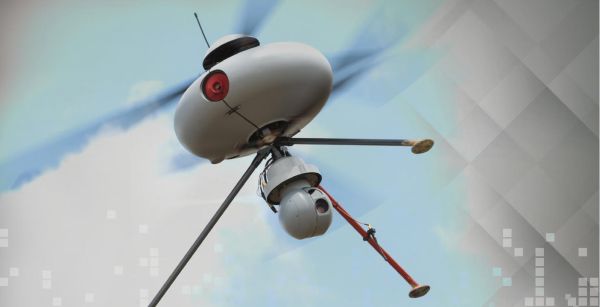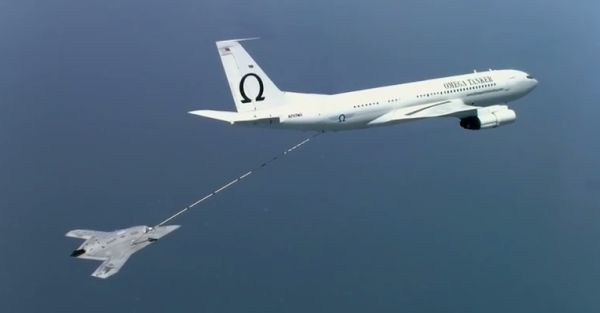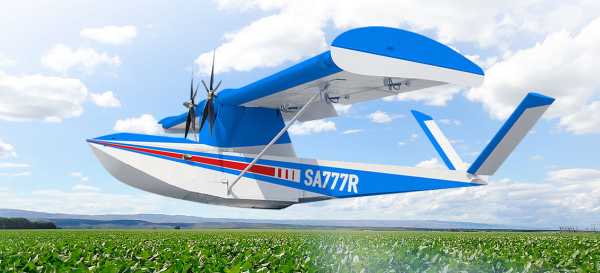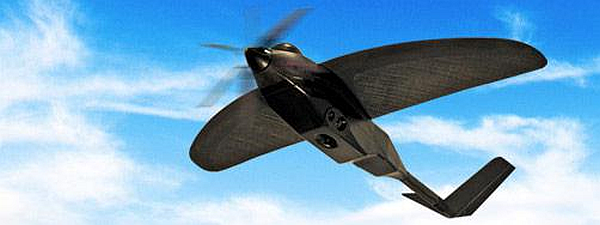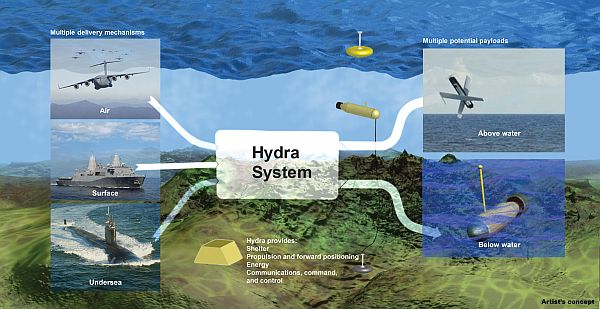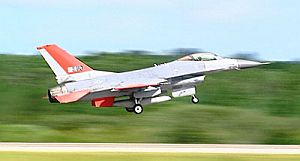Podcast: Play in new window | Download (Duration: 33:53 — 23.3MB)
The changing landscape for drone services, drone swarms for urban tactics, a simulated drone attack in Idaho, European airport operators embrace the value of drones but look for protections, MIT develops a mapping system for drone navigation, the Department of the Interior uses UAVs with great results, and Intel at the Olympics.
UAV News
Here’s Why The Drone Services Industry is in Trouble
In the “old” days, the Section 333 process was long and difficult. The hardware was tricky to operate and getting data from the drone was not easy. So companies used drone service providers to accomplish the desired missions. Now, a Part 107 is easy and cheap to obtain, flying drones is easier, and data from the drone is not as difficult to acquire. This means companies can create their own in-house drone capability.
PrecisionHawk Acquires Droners.io and AirVid to Launch the Nation’s Largest Network of Commercially Licensed Drone Pilots
PrecisionHawk has acquired Droners.io and AirVid to deliver on-demand, drone-based imagery to enterprise clients. The companies will merge and operate under the Droners.io name. Combined, they form a network of more than 15,000 commercially licensed drone pilots, which PrecisionHawk will use to service its enterprise customers in insurance, agriculture, energy, construction, and government. Part 107 certified pilots can join the network and start accepting jobs in their region by creating a profile at www.droners.io.
Participants wanted for UAV swarm-based tactics test bed
Northrop Grumman is the Phase 1 Swarm Systems Integrator for the DARPA OFFSET program (OFFensive Swarm-Enabled Tactics). The program “envisions future small-unit infantry forces using swarms comprising upwards of 250 small unmanned aircraft systems (UASs) and/or small unmanned ground systems (UGSs) to accomplish diverse missions in complex urban environments.” Northrop Grumman is about to launch its first open-architecture test bed and they are looking for participants to create and test their own swarm-based tactics on the platform.
Idaho Technology Company Black Sage Plans Drone Defense Demonstration at Idaho State Capitol
On February 21, 2018, Boise, Idaho-based Black Sage plans to demonstrate a drone defense system as they create a drone attack on the state capitol. Black Sage will create a virtual fence around the capitol, fly a swarm of drones directly into the protected area, and demonstrate the counter-UAS system to safely defeat the threat.
European airport operators call for adoption of drone rulebook
Airport Council International for Europe (ACI Europe) says safety issues involving drones and airports are increasing, and they want to see “an effective regulatory framework.” ACI Europe released the 6-page position paper on drone technology, ACI Europe Position on Drone Technology [PDF] in January. The paper recommends:
-
- Airport-specific protection policies, including standardized protected zones
- Technical systems to detect and neutralize drones
- Traffic management for drone operations at airports
- Readying the airport industry for future drone technology opportunities.
MIT teaches drones to fly with uncertainty
MIT researchers are developing the NanoMap system for drones. The system navigates a drone from point to point while avoiding random obstacles. Where other models have the drone map the environment, then fly through it, NanoMap creates maps on the fly.
Interior’s magic bullet: Drones that are DoD castoffs
The Department of Interior has a fleet of drones, many of which are hand-me-downs from the Department of Defense. Nevertheless, the drones are performing tasks that take one-seventh the time at one-tenth the cost, such as: land surveillance, wildlife monitoring, assistance with natural disasters, and dam inspections.
UAV Videos of the Week
High-tech drones steal the show at the Winter Olympics
Intel | The Tech Behind a Record-breaking Drone Show at PyeongChang 2018
https://youtu.be/wFi5SkhUjR8
Mentioned
Questions remain after drone collides with helicopter on Kauai

